
Roots
The very strands that crown us carry not merely protein and pigment but a deep, resonant memory. They are silent archives, whispering tales of ancestral lands, of hands that cared, of resilience etched into each coil and curve. Our exploration of how historical beauty standards intertwine with textured hair identity begins here, at the source, acknowledging that the way we see and adorn our hair today is profoundly shaped by the paths trodden by those who came before. It is a dialogue with the past, a living connection to heritage that speaks not just of aesthetics but of survival, spirit, and profound cultural memory.

Hair’s Elemental Blueprint
Consider, for a moment, the architectural marvel that is a textured hair strand. Its very form, a ballet of twists and turns, begins beneath the scalp. The elliptical shape of the follicle, the angle at which the hair emerges, these are biological distinctions setting the stage for the unique curl patterns we celebrate. For centuries, ancestral communities understood these distinctions not through microscopes, certainly, but through intimate observation, through touch, and through the hair’s natural response to environment and care.
They recognized the inherent qualities of different hair types – some holding moisture differently, some preferring certain oils, some offering more tensile strength for intricate styles. This knowledge, passed down through oral tradition and practiced wisdom, formed the earliest “science” of textured hair, long before Western nomenclature sought to categorize it.
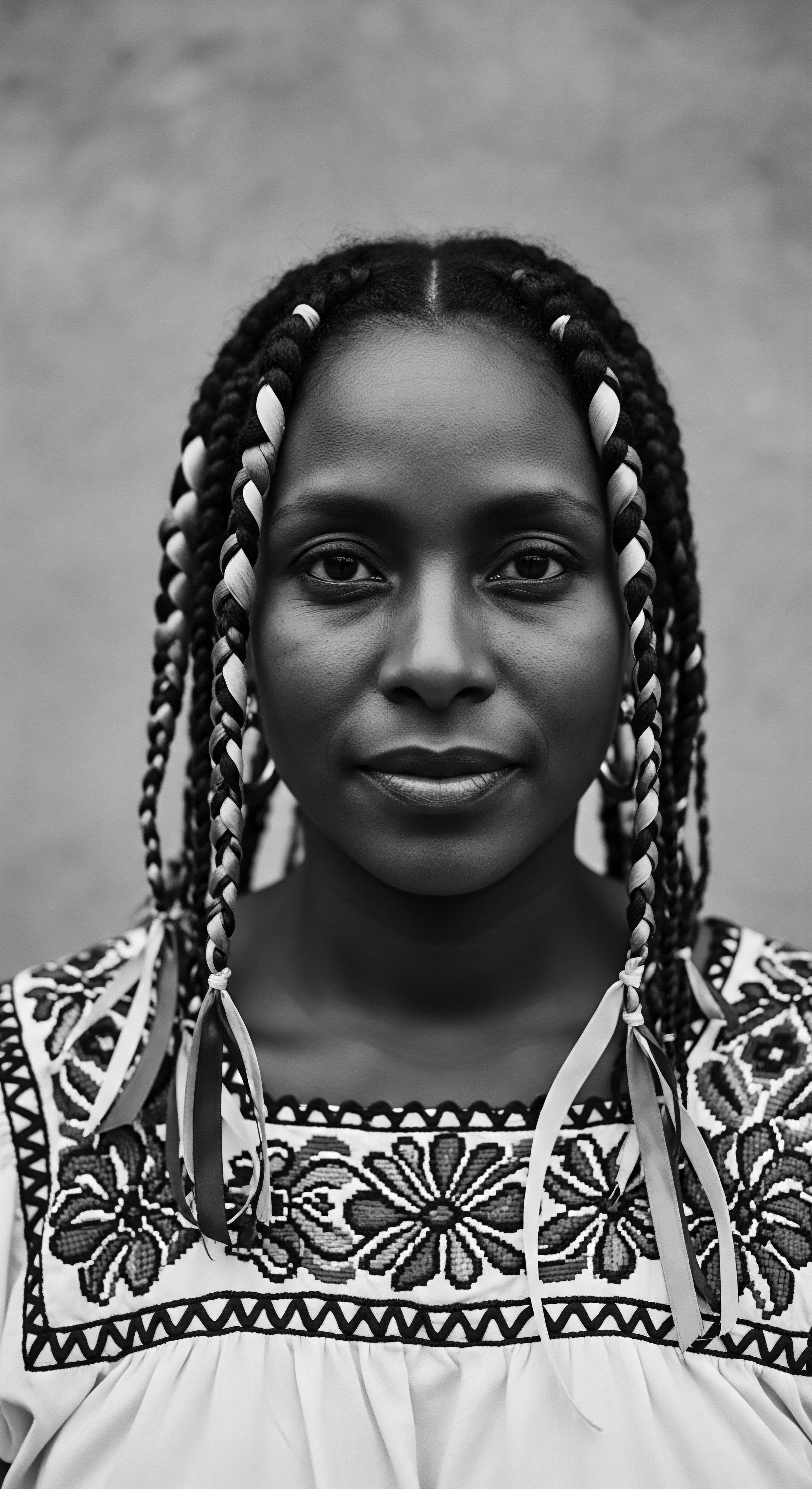
Naming the Strands
The classifications we use for textured hair today, while seemingly clinical, often carry historical baggage. Systems that attempt to numerically define curl patterns, for instance, often stem from a later era, one influenced by a desire to categorize and, at times, to marginalize. Yet, ancestral communities had their own ways of speaking about hair, ways that were deeply rooted in cultural significance rather than arbitrary grading. These terms, often lost or subsumed, frequently spoke to the hair’s visual appearance, its feel, or its connection to identity markers.
The imposition of colonial beauty standards, regrettably, brought with it a devaluation of these inherent qualities. Hair that defied European norms became “unruly,” “nappy,” “difficult,” words that inflicted psychological harm and disconnected individuals from their natural hair’s inherent beauty.
The historical understanding of textured hair, long preceding modern classifications, was intimately connected to ancestral observations of its distinct biological qualities.
One poignant example of this shift and resistance lies in the experience of enslaved Africans in the Americas. During this brutal period, hair was systematically shorn or covered as a means of dehumanization, erasing tribal markers and severing a crucial link to ancestral identity. Yet, even in chains, and certainly in freedom movements, Black people found ways to retain and re-establish their hair practices as acts of defiance and cultural affirmation. Dr.
Ayana D. Byrd and Lori L. Tharps, in their comprehensive work “Hair Story ❉ Untangling the Roots of Black Hair in America,” meticulously chronicle how enslaved women would ingeniously braid rice grains or seeds into their hair before fleeing, a practice that transformed their hair from a site of oppression into a map of survival and a symbol of hope (Byrd & Tharps, 2001). This particular historical account, though often less widely publicized than later civil rights narratives, powerfully underscores the profound bond between hair and heritage, demonstrating hair’s capacity to serve as a repository for knowledge and a beacon of resistance against imposed standards.

The First Combs and Ancient Hair Tools
Before sleek plastic combs and metal hot tools, the tools of textured hair care were crafted from nature itself. Bones, wood, and thorns served as ancestral combs, designed not for harsh detangling but for gentle separation and intricate styling. These were not simply utilitarian objects; they were often imbued with spiritual significance, handed down through generations, their surfaces smoothed by the hands of mothers and grandmothers.
The act of combing, of preparing the hair, was often a communal ritual, a moment of connection and teaching. Understanding these early implements helps us grasp the long-standing dedication to hair health and artistry that existed within communities whose hair textures were often deemed anything but beautiful by later, colonial gazes.
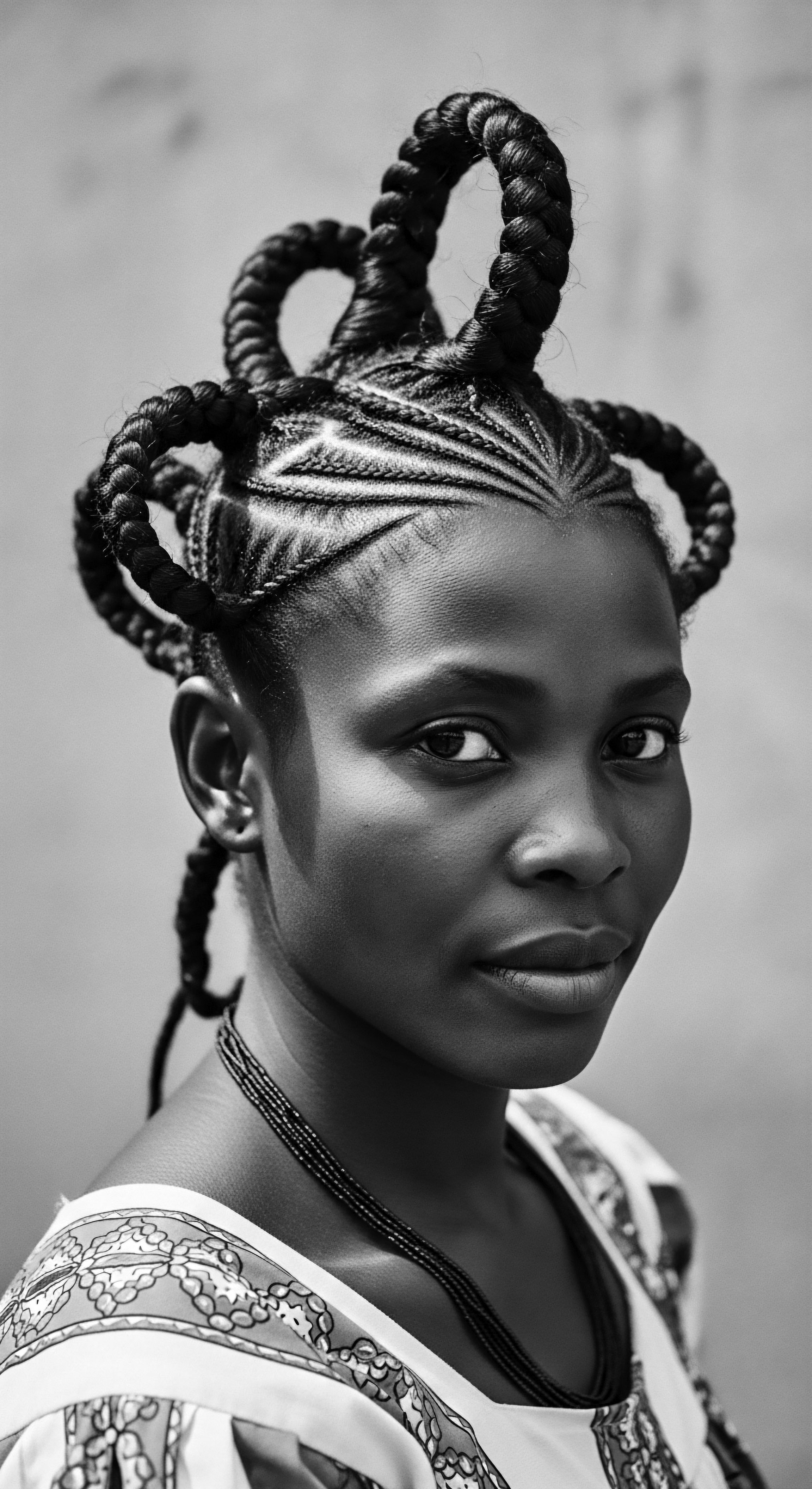
Ritual
From the foundational understandings of texture, we move into the vibrant realm of ritual – the daily, weekly, and ceremonial practices that have shaped textured hair across generations. This is where hair transcends its biological composition to become a living canvas of culture, a marker of identity, and a repository of communal wisdom. The historical beauty standards imposed upon textured hair have often sought to erase these rituals, to render them invisible or illegitimate, yet they have endured, evolving and adapting, a testament to the persistent spirit of those who refuse to let their heritage fade.
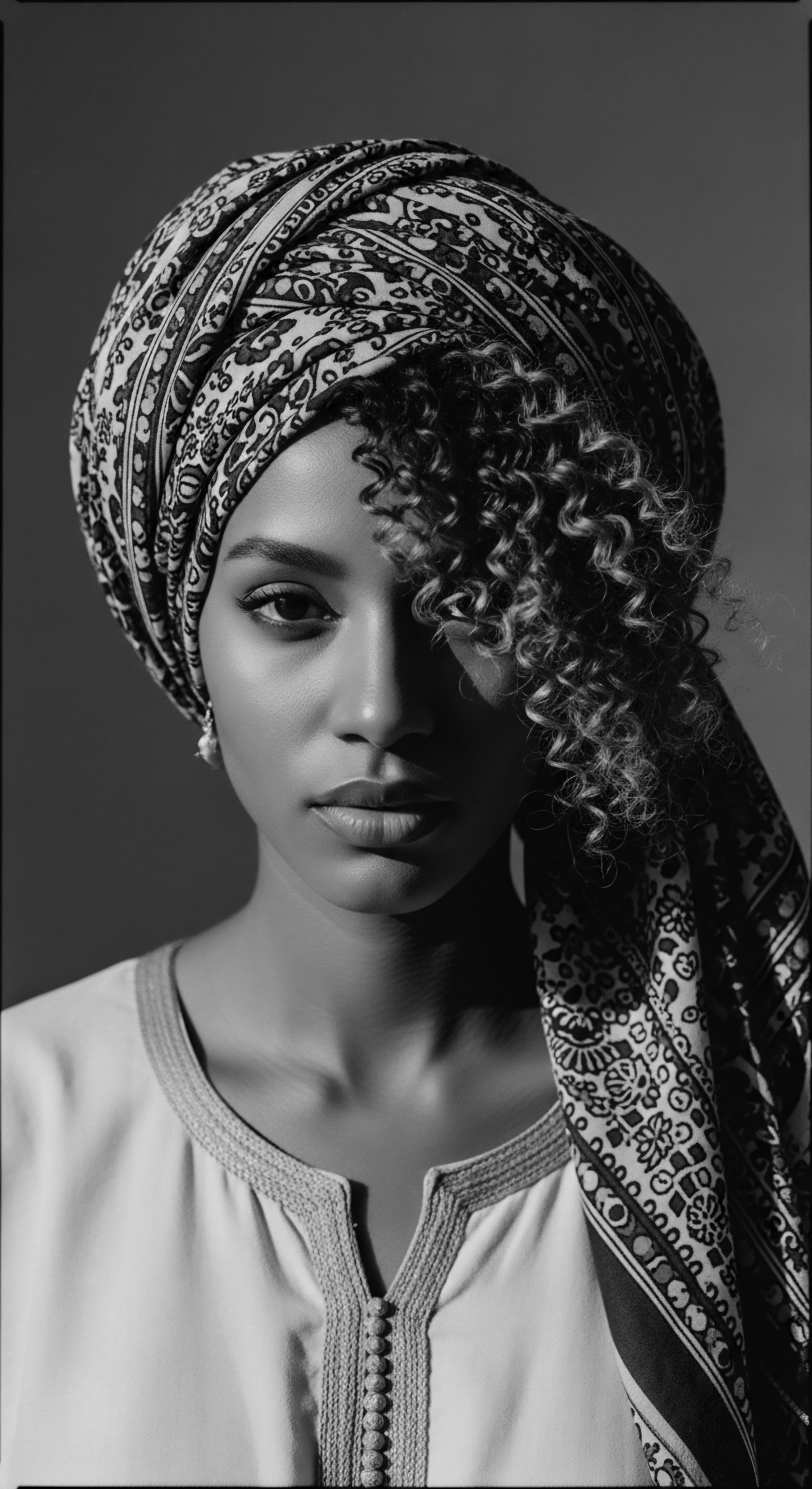
Adornment’s Deep Past
Across various African societies and throughout the diaspora, hair styling was, and remains, an intricate language. Every braid, every twist, every loc could tell a story. Styles communicated marital status, age, tribal affiliation, social rank, or even readiness for war. The artistry involved was astounding, often taking hours, sometimes days, to complete, performed by skilled practitioners who were highly respected within their communities.
These were not fleeting trends but enduring cultural markers. The intricate cornrows seen in ancient Egyptian depictions, the elaborate braided coiffures of the Maasai, or the powerful dreadlocks worn by various spiritual groups – each reflects a distinct worldview and a particular understanding of beauty.
- Cornrows ❉ Found across African cultures, these tightly braided rows against the scalp could signify social status, spiritual devotion, or group identity. Their historical presence spans millennia.
- Bantu Knots ❉ Small, coiled buns, traditionally used for protective styling and to set wavy or curly patterns. Their historical lineage is particularly strong in Southern Africa.
- Locs ❉ A natural hair formation revered in many spiritual and cultural practices, particularly in the Rastafari movement, yet with roots tracing back to ancient Egypt and India.
- Threads and Wraps ❉ The use of fibers, beads, and cloths to adorn, protect, and style hair has a long, rich history across the continent, often serving as both aesthetic and symbolic elements.
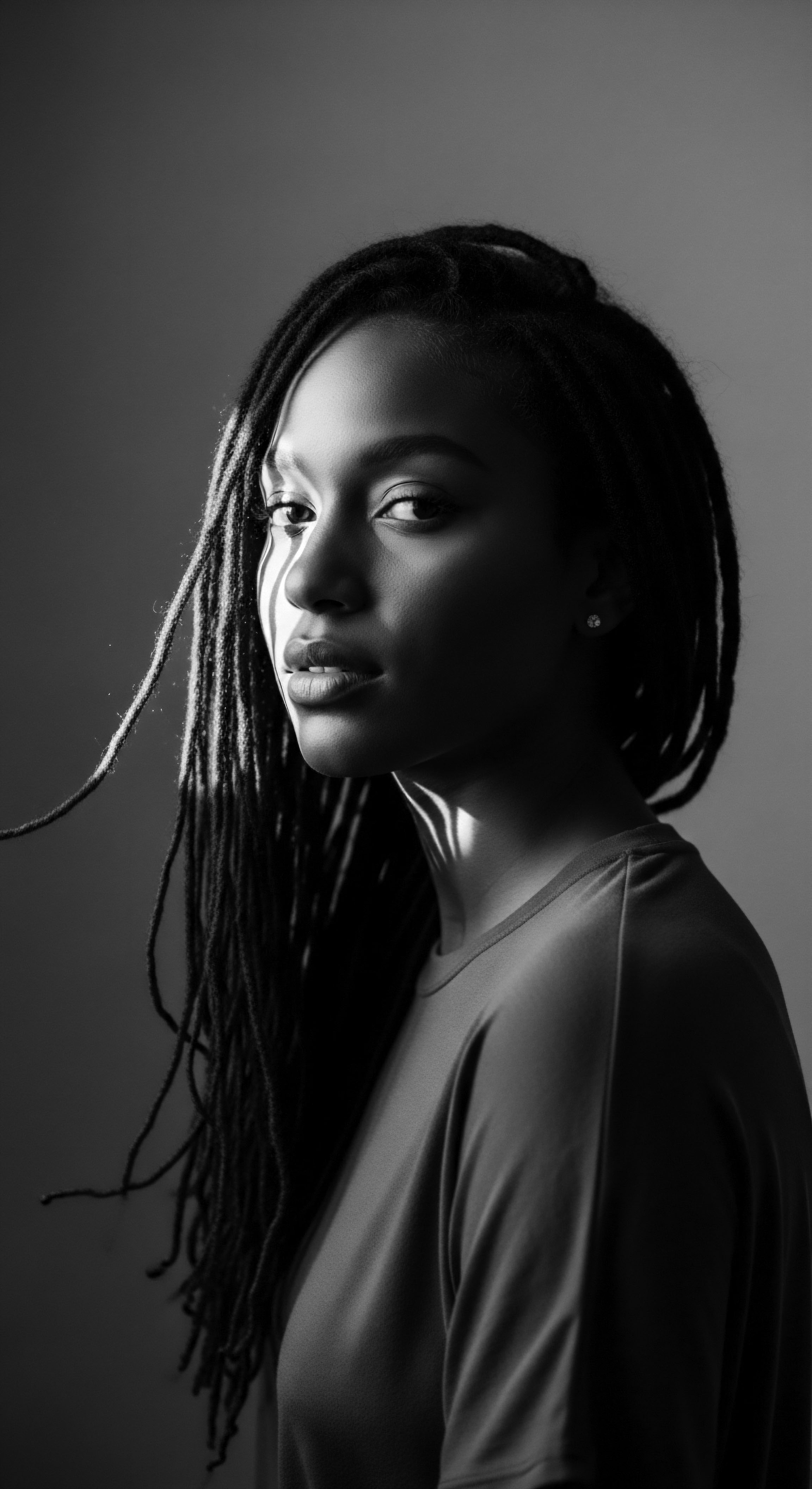
The Hands of Care
Before the advent of modern cosmetic chemistry, hair care was intrinsically linked to the natural world. Ancestral wisdom guided the selection of plants, oils, and clays, each chosen for its purported healing or beautifying properties. The ritual of hair oiling, for instance, found in many African traditions, was not merely about lubrication. It was a practice of nourishment, a gentle massage that stimulated the scalp, strengthened the strands, and perhaps, quieted the mind.
Communal grooming, particularly among women, fostered bonds and transferred knowledge from elder to youth. These practices were often holistic, recognizing that hair health was a reflection of overall well-being, deeply connected to diet, environment, and spiritual harmony.
Hair rituals, far from simple grooming, served as vibrant expressions of cultural identity, social standing, and deep ancestral wisdom across diverse communities.
The forced assimilation of textured hair into Eurocentric beauty ideals during slavery and its aftermath sought to dismantle these very rituals. Straight hair became synonymous with acceptability, leading to the widespread use of harsh chemical straighteners and hot combs, tools that often caused physical damage but promised social mobility. Yet, beneath the surface of imposed standards, the memory of ancestral care persisted, passed down in hushed tones, in secret gatherings, or through the quiet wisdom of grandmothers.
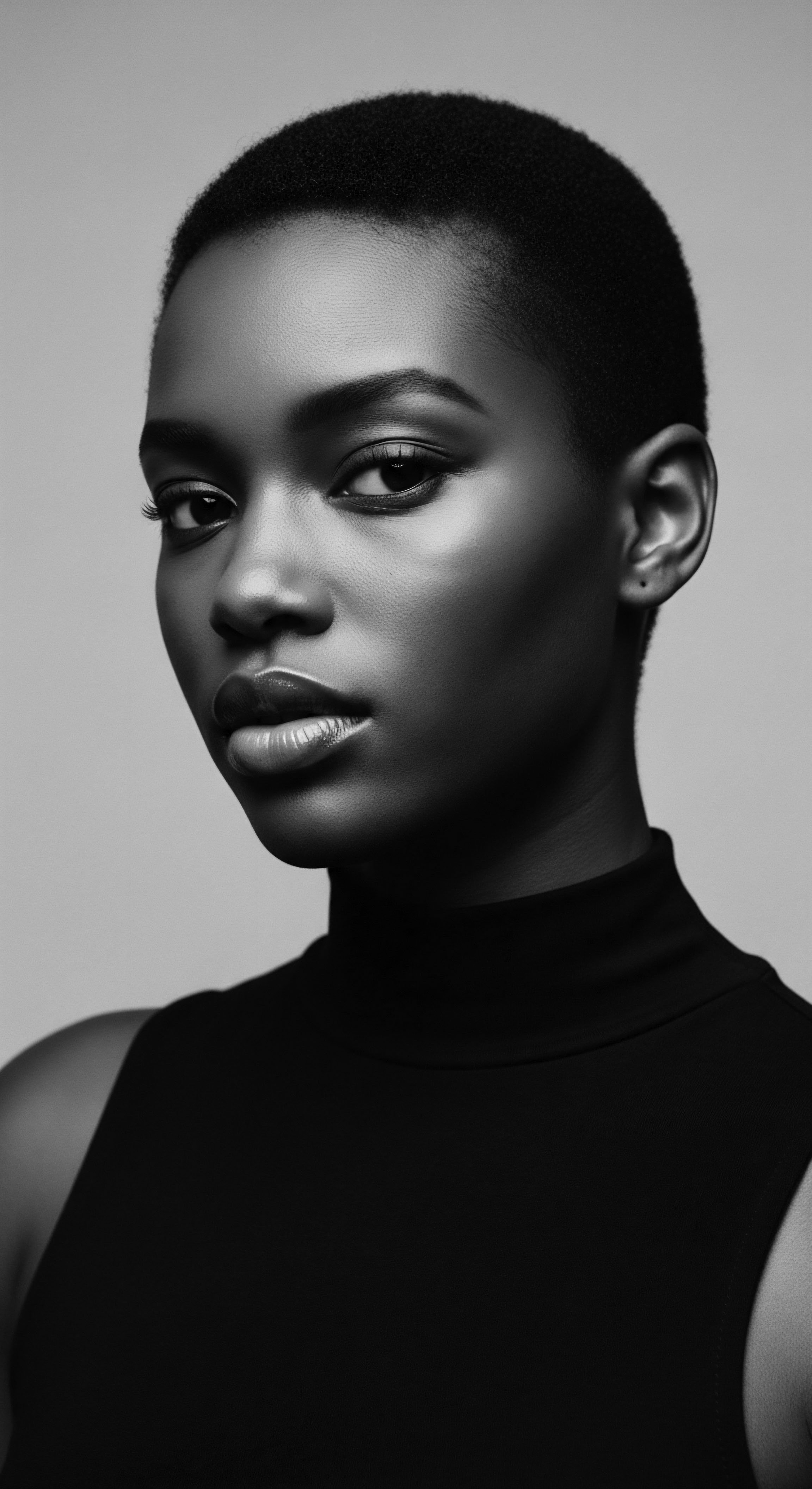
Tools from Generations
The tools of hair care are themselves artifacts of heritage. The earliest combs were rudimentary, often hand-carved, used for detangling and creating partings. As societies evolved, so too did these implements, becoming more refined, sometimes adorned with intricate carvings or precious materials, reflecting their cultural value.
While today we speak of “hair tools” in a largely utilitarian sense, for ancestors, these objects held deeper meaning, connecting the user to generations of hands that had employed similar instruments in acts of care and beautification. The continuity of these tools, even in modified forms, speaks to the enduring nature of textured hair care.
| Historical Tool Bone or Wood Comb |
| Traditional Purpose / Material Detangling, parting, scalp stimulation; often hand-carved from natural materials. |
| Modern Counterpart / Legacy Wide-tooth comb, detangling brush; emphasizing gentle care for delicate textured strands. |
| Historical Tool Hair Picks (metal or bone) |
| Traditional Purpose / Material Lifting, volumizing, creating shape in coily hair; a symbol of cultural pride in the 20th century. |
| Modern Counterpart / Legacy Modern hair pick; retains symbolic weight, used for shaping and adding volume. |
| Historical Tool Styling Threads/Fibers |
| Traditional Purpose / Material Wrapping, braiding, extensions; used for protective styles and elaborate coiffures in ancient Africa. |
| Modern Counterpart / Legacy Hair extensions (braiding hair, weaves); direct lineage, though materials and methods have evolved. |
| Historical Tool Natural Oils and Butters |
| Traditional Purpose / Material Moisturizing, scalp health, shine; derived from plants like shea, coconut, castor. |
| Modern Counterpart / Legacy Hair oils, conditioners, leave-ins; scientific formulations often validating traditional ingredients. |
| Historical Tool These tools stand as enduring links between ancient care traditions and contemporary practices for textured hair. |
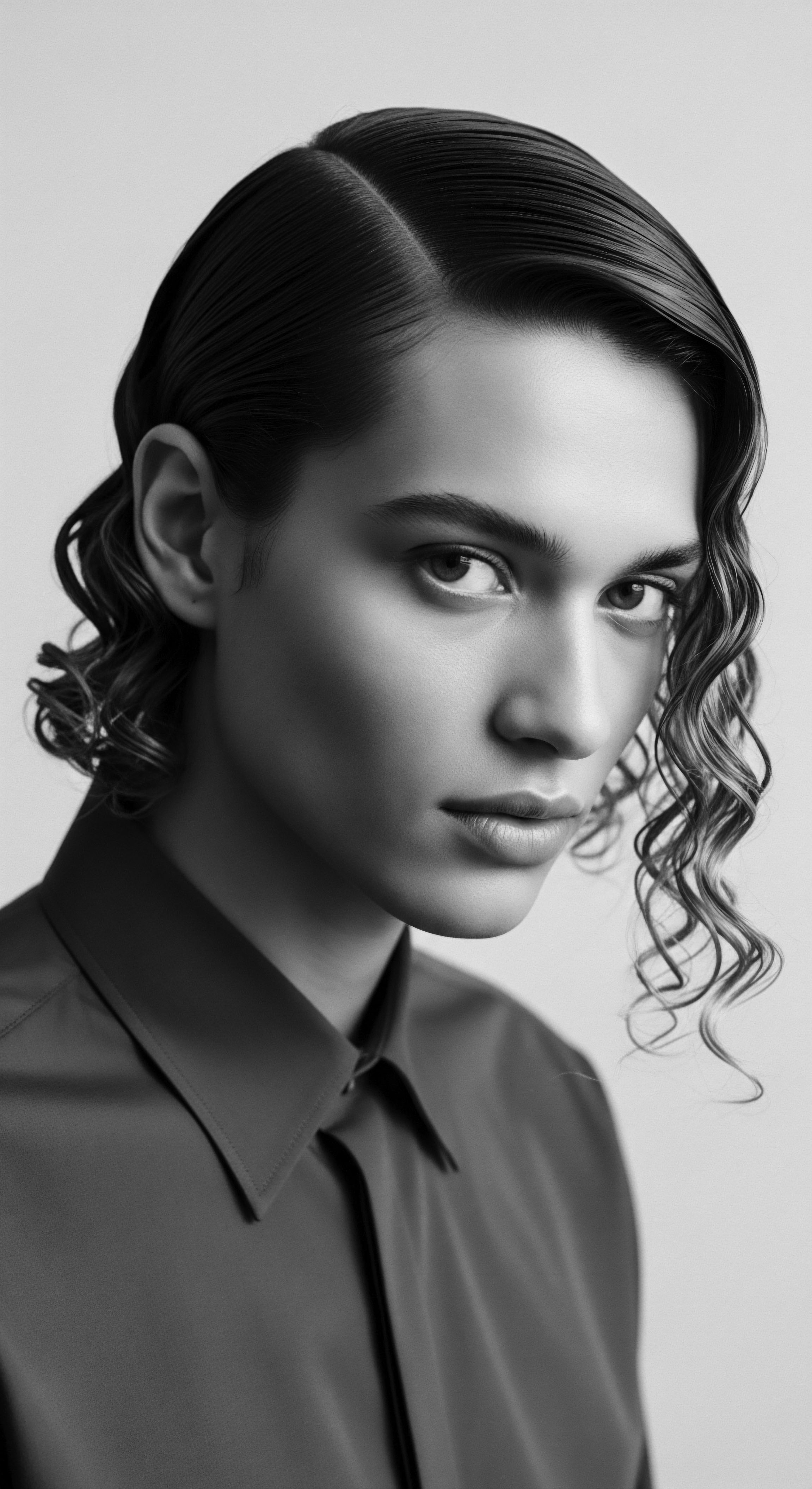
Hair as Visual Language
The visual rhetoric of hair, particularly textured hair, is a powerful historical force. In many cultures, hair was a dynamic medium for self-expression and community identification. A particular braid pattern might signify a family line, a coming-of-age ritual, or a marital union. These visual cues were universally understood within a given community, allowing for instant communication without words.
The later imposition of straight hair as the “norm” forced a suppression of this visual language, pushing textured hair styles into spaces of rebellion or, at times, invisibility. The resurgence of natural hair movements in recent decades represents a powerful reclamation of this visual language, allowing individuals to once again articulate identity, heritage, and pride through their hair, challenging the narrow definitions of beauty that once sought to confine them.

Relay
The trajectory of textured hair, from ancestral reverence to periods of systemic erasure and then to its powerful modern re-emergence, represents a profound relay race through time. Each generation has passed the baton of identity, care, and cultural memory. This relay, however, has not been without its formidable obstacles, notably the imposition of Western beauty standards that sought to redefine what was considered beautiful, often at the expense of textured hair’s inherent splendor. Understanding this complex interplay, informed by historical research and cultural studies, reveals the deep roots of contemporary hair identity and the ongoing legacy of resilience.

Shadows of Assimilation
The transatlantic slave trade and subsequent colonial expansion cast a long shadow over the perception of textured hair. In a deliberate and brutal effort to dehumanize enslaved Africans, hair was systematically attacked. Head shaving was common, disrupting traditional communal grooming practices and erasing identity markers. For those who retained their hair, it was often denigrated, equated with savagery and lack of civilization.
This deliberate psychological warfare created a deep-seated trauma surrounding textured hair, pushing individuals to adopt practices that mimicked European hair textures as a means of survival, social acceptance, or economic advancement. Chemical relaxers, hot combs, and wigs designed to obscure natural curl patterns became symbols of this difficult compromise, promising a perilous path to perceived integration into a society that valued conformity over authenticity.
Studies on colorism and hair texture bias within communities of color themselves demonstrate the insidious reach of these historical standards. Research consistently points to a preference for lighter skin tones and straighter hair within certain subsets of the Black diaspora, a direct consequence of centuries of colonial conditioning and the internalization of anti-Black beauty ideals (Hall, 2017). This internalized bias underscores the depth of the historical relay, showing how oppressive beauty standards can ripple through generations, impacting self-perception and communal dynamics.
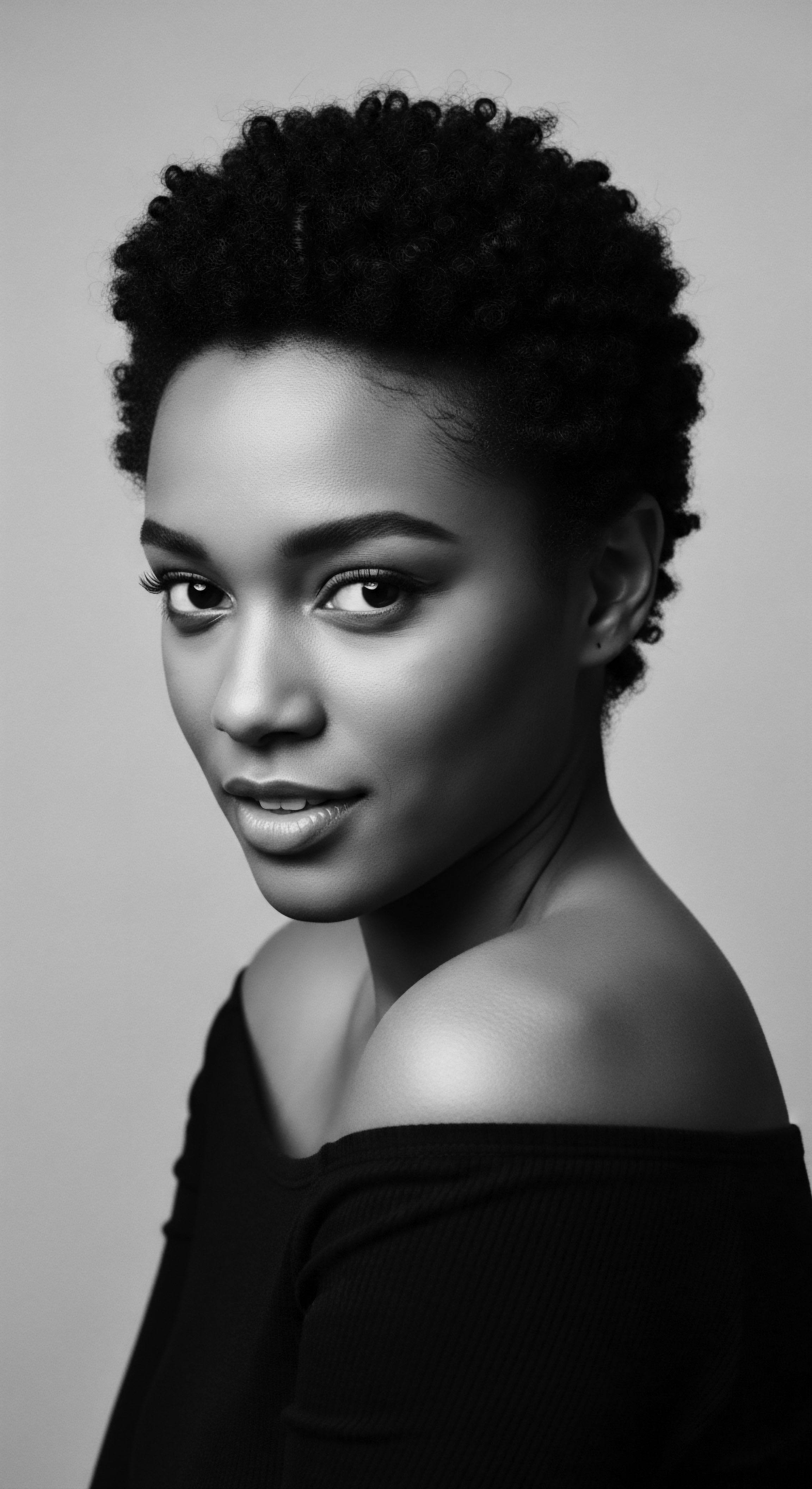
Reclaiming the Crown
Yet, against this backdrop of imposed norms, the spirit of reclamation persisted. The mid-20th century saw the beginnings of a powerful counter-movement, the natural hair movement. This was not merely a stylistic preference; it was a sociopolitical statement. Figures like Angela Davis, with her iconic Afro, transformed hair into a symbol of Black power, defiance, and self-acceptance during the Civil Rights era.
This was a deliberate rejection of assimilation, a public declaration that Black hair, in its natural state, was beautiful, powerful, and worthy of celebration. The baton of this reclamation has been passed through various iterations, from the Afro of the 60s and 70s to the renewed natural hair movement of the early 21st century, each wave building on the legacy of its predecessors, encouraging a deeper connection to ancestral aesthetics.
This modern natural hair movement, amplified by digital platforms, has created global communities dedicated to sharing knowledge, celebrating diverse textures, and challenging persistent biases. It has provided a platform for education about textured hair care, often rediscovering and validating traditional practices through a contemporary lens.
The historical legacy of textured hair, from forced suppression to defiant reclamation, serves as a testament to the enduring power of identity and ancestral memory.
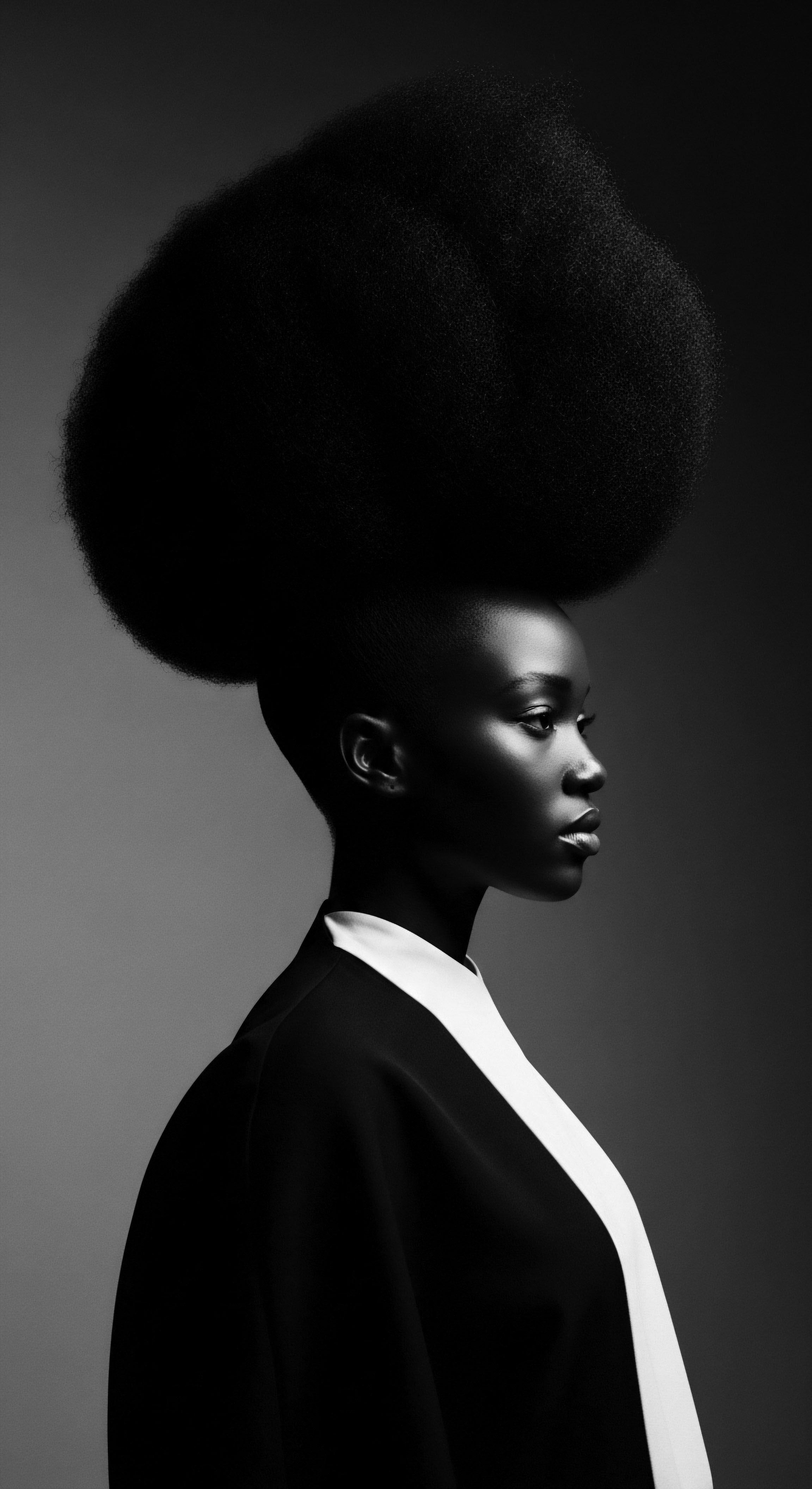
Science Meets Ancestry
Intriguingly, modern hair science has often provided validation for practices that have existed within ancestral communities for centuries. The scientific understanding of the cuticle layer, its vulnerability to heat and harsh chemicals, and its need for moisture, aligns directly with traditional practices of gentle manipulation, protective styling, and reliance on natural oils and butters. For example, the use of shea butter, rich in fatty acids and vitamins, or various plant-based gels for curl definition, finds its scientific basis in their emollient and humectant properties, which seal moisture and protect the delicate structure of textured hair strands. This convergence of ancient wisdom and modern scientific inquiry creates a compelling narrative, one where contemporary understanding builds upon, rather than displaces, the deep knowledge accumulated over generations.
Consider the principles of low manipulation and protective styling, central tenets of modern textured hair care. These are not new inventions; they are echoes of ancestral practices designed to preserve hair length and health in challenging environments. Braiding, twisting, and wrapping hair were not just aesthetic choices but also practical methods for preventing breakage and maintaining moisture. Modern scientific studies on hair breakage and cuticle damage underscore the efficacy of these age-old methods.

The Global Hair Conversation
The impact of historical beauty standards extends globally, shaping textured hair identity across various diasporic communities. In the Caribbean, the legacy of colonial rule led to similar pressures for hair straightening, yet unique styling practices and cultural expressions also emerged, blending African roots with local influences. In Brazil, the concept of “good hair” (“cabelo bom”) often refers to straighter textures, a deeply ingrained preference rooted in racial hierarchies, yet the country has also seen a powerful “transição capilar” movement where individuals revert to their natural textures.
These diverse, yet interconnected, experiences across the diaspora highlight the enduring struggle and constant redefinition of textured hair beauty in the face of a dominant global aesthetic that often disregards its unique heritage. This ongoing dialogue between history, individual choice, and community identity continues to shape the evolving understanding of what it means to possess and cherish textured hair.
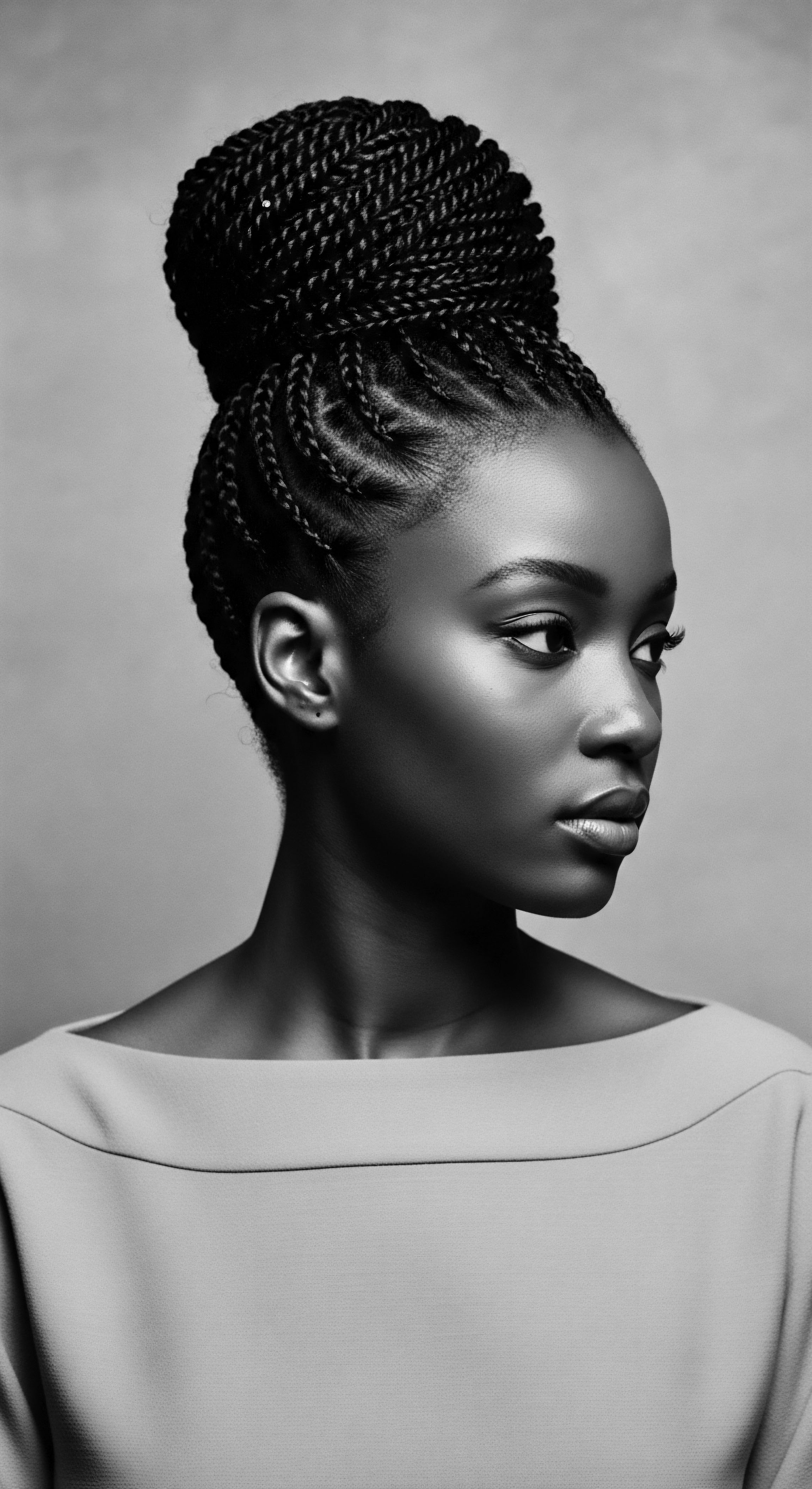
Reflection
Our journey through the historical currents of beauty standards and their profound connection to textured hair identity culminates in a powerful realization ❉ the hair that grows from our scalps is a living narrative. It is a conduit to ancestry, a resilient testament to generations who navigated erasure, celebrated survival, and ultimately, reclaimed their inherent beauty. The echoes of ancient rituals, the silent stories woven into each strand, and the defiant spirit of those who resisted imposed ideals – these are the indelible marks of textured hair heritage.
Roothea, at its core, honors this continuous conversation. We see hair care not as a fleeting trend but as a mindful act, a continuation of practices steeped in wisdom. It is about understanding the biological marvel of textured hair, appreciating its historical journey, and engaging with it with reverence and purpose.
The path from ancient communal grooming to modern, informed self-care is a testament to the enduring power of identity. By reconnecting with these threads of the past, we not only nurture our physical selves but also affirm a deeper connection to our collective legacy, allowing textured hair to stand as a luminous beacon of strength and belonging for all time.
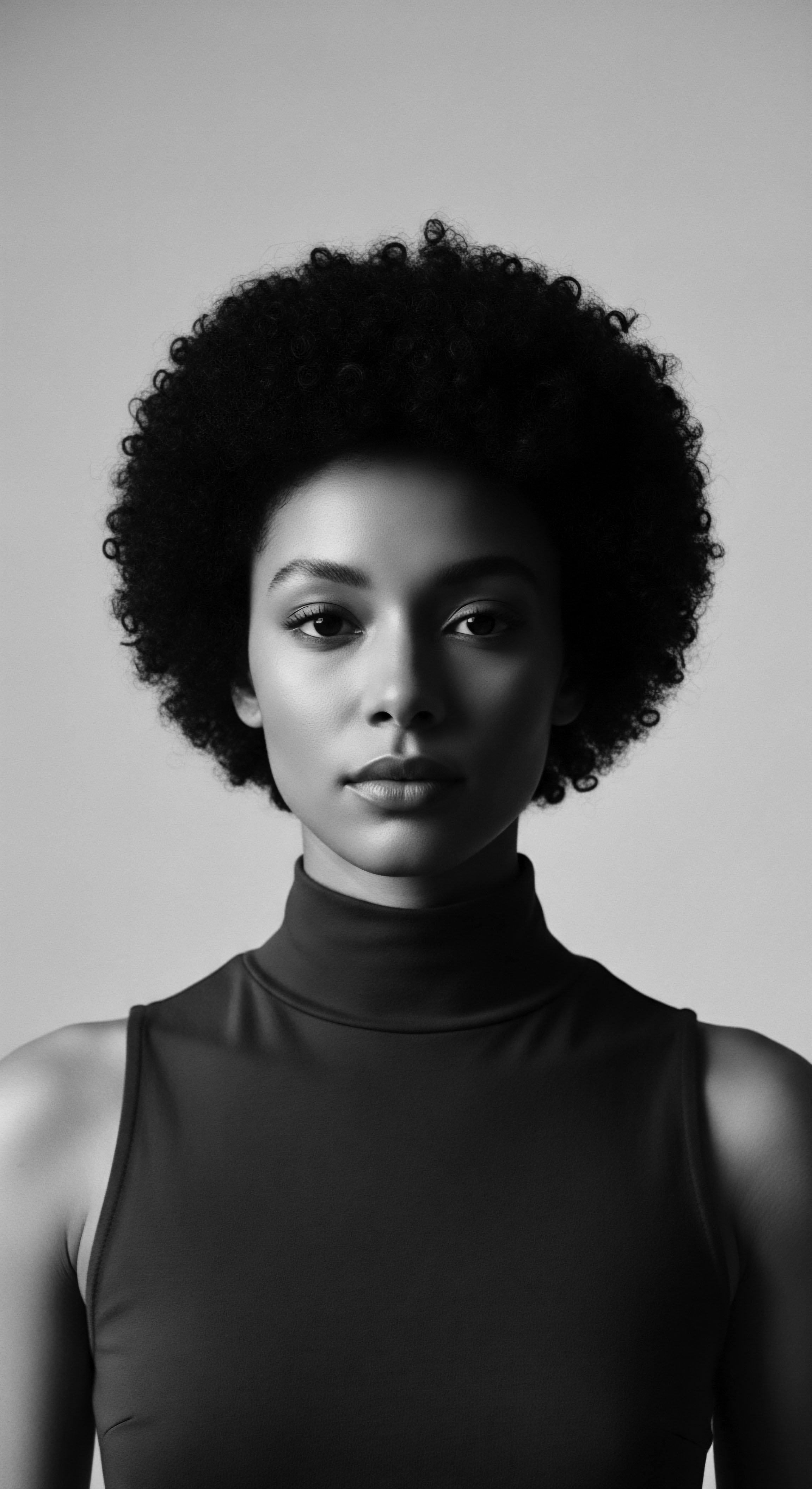
References
- Byrd, Ayana D. & Tharps, Lori L. (2001). Hair Story ❉ Untangling the Roots of Black Hair in America. St. Martin’s Press.
- Hall, Ronald E. (2017). The Color Complex ❉ The Politics of Skin Color in a New Millennium. Black Classic Press.
- Hooks, Bell. (2015). Black Looks ❉ Race and Representation. Routledge.
- Patton, Tracey Owusu. (2006). African-American Hair as Culture and Commerce. University Press of Mississippi.
- Mercer, Kobena. (1994). Welcome to the Jungle ❉ New Positions in Black Cultural Studies. Routledge.
- Banks, Ingrid. (2000). Hair Matters ❉ Beauty, Power, and Black Women’s Consciousness. New York University Press.
- White, Deborah Gray. (1999). Ar’n’t I a Woman? ❉ Female Slaves in the Plantation South. W. W. Norton & Company.
